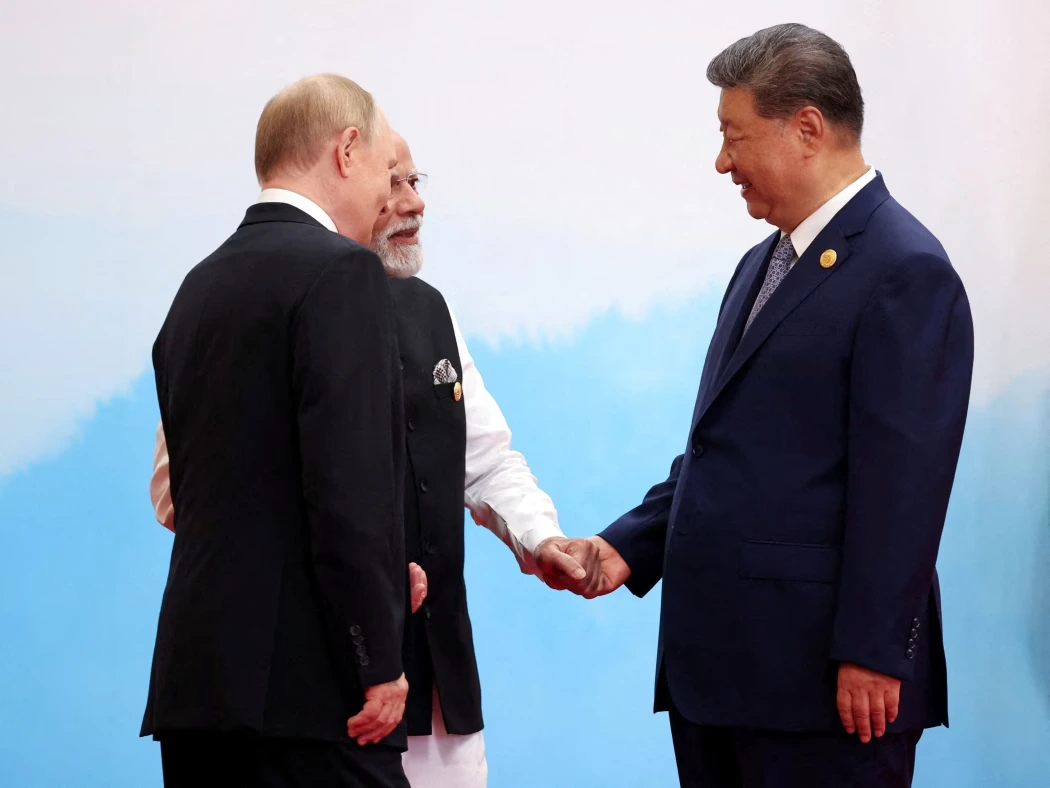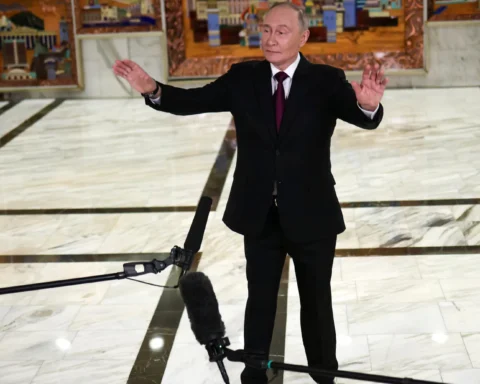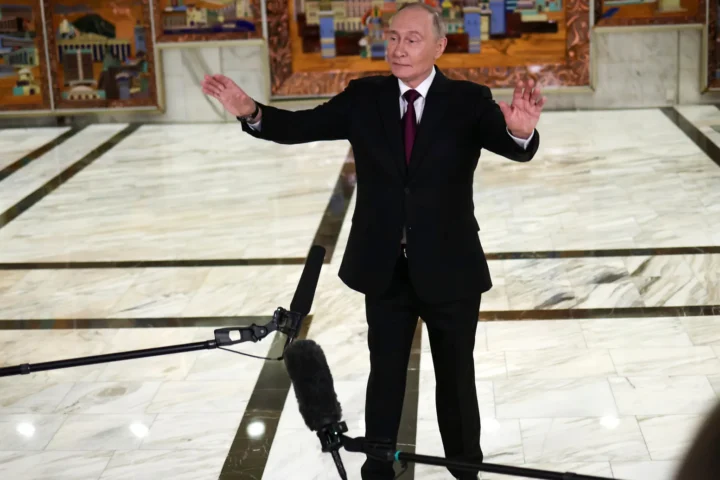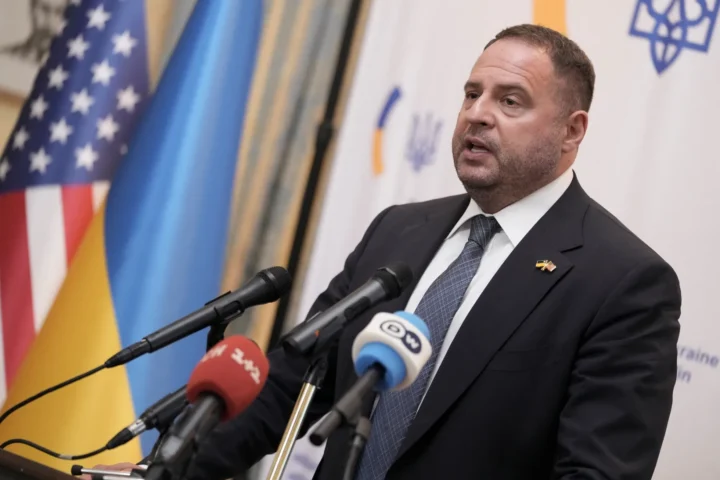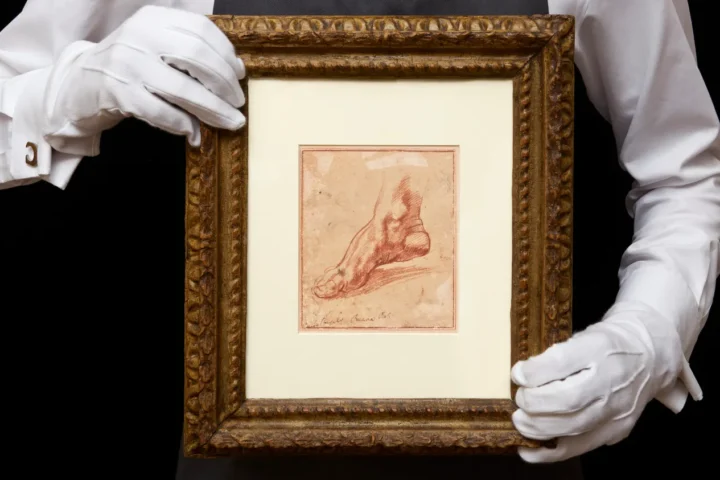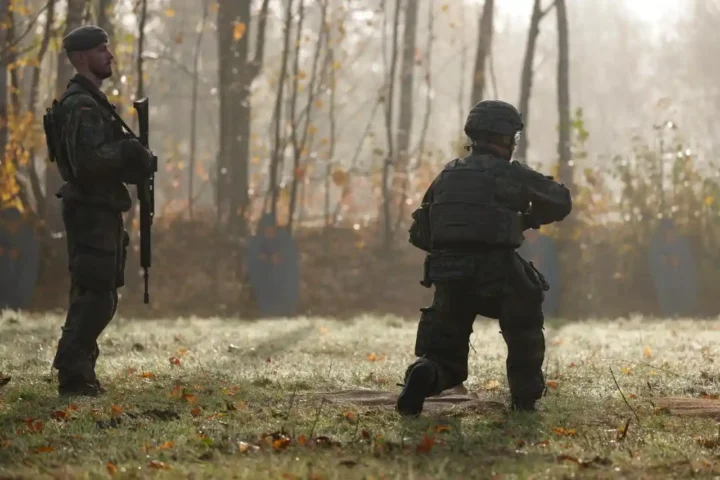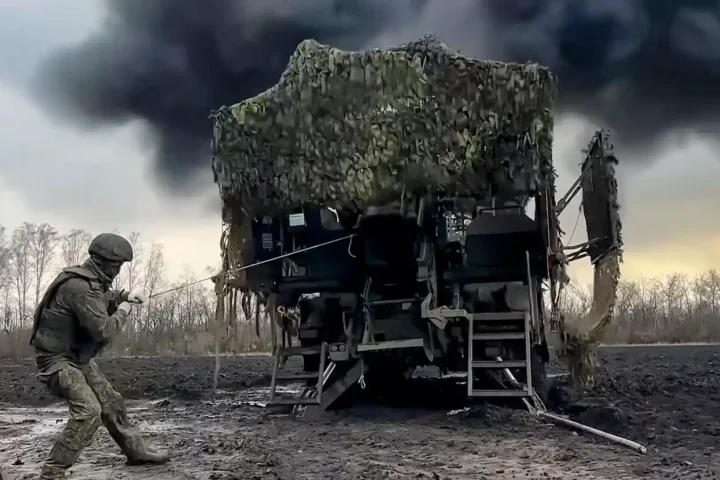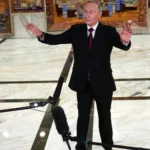The leaders of China, Russia and India appeared before the press holding hands and pledging deeper cooperation—a gesture aimed not only at participants of the gathering but also at Washington. The Shanghai Cooperation Organization summit in Tianjin, which also brought together the leaders of Iran, Pakistan, Turkey, Belarus and a number of Central Asian and Caucasus states, produced no headline-grabbing decisions. Yet the carefully staged image—Xi Jinping, Narendra Modi and Vladimir Putin embracing—served as a pointed response to U.S. efforts to contain Beijing, break its bond with Moscow, and “peel” New Delhi away from cheap Russian oil.
According to The Wall Street Journal, the very ambiance of the meeting mattered more than any communiqué: it showcases the limits of Washington’s unconventional attempt to “redraw” the world order.
Troubling Signals for the West
Commentators in Western capitals saw the Tianjin “friendship tableau” as a risk for U.S. strategy. Michael Fullilove, executive director of Australia’s Lowy Institute, put it bluntly: “President Donald Trump’s gentle treatment of Vladimir Putin has done nothing to pull Russia away from China. His rough treatment of Narendra Modi, on the other hand, is pushing India closer to Russia and warming up its relations with China.”
In The Wall Street Journal’s assessment, this captures a broader trend: Washington’s attempt to re-engineer the global architecture runs up against the independent interests of major non-Western powers.
India Between Strategic Autonomy and Tariff Pressure
India is the cornerstone of America’s strategy to contain China. After deadly clashes along the disputed border in 2020, Sino-Indian relations remained frozen. All the more telling, then, was Narendra Modi’s first visit to China in seven years—amid a sharp hardening of Washington’s trade stance. The 50% tariffs imposed by President Donald Trump on India (half of them as punishment for purchases of cheap Russian oil) triggered a powerful wave of public anger. Notably, those duties exceeded the rates levied on China, America’s strategic rival. Additional irritation came from administration statements: trade adviser Peter Navarro, using caste terminology, said that “Brahmins are profiteering at the expense of the Indian people” in the context of the Russian-oil trade. At the same time, The Wall Street Journal points out, the U.S. administration has so far stopped short of following through on fresh sanctions against Russia.
Kabir Taneja, deputy director at New Delhi’s Observer Research Foundation, interprets the Tianjin meeting as a “reset” in China-India relations—and a signal to Washington that New Delhi values strategic autonomy. In his words, “Washington is not backing down in any shape or form, and no prime minister of India—the world’s largest democracy—can ignore public opinion. This means you have to stare down the U.S. and say: we will not be cowed.” Even so, Taneja calls the current flare-up “an aberration” caused by Washington’s sharp zigzags rather than a harbinger of a long-term Indian pivot away from the United States.
Chinese analysts likewise don’t expect New Delhi to pull away from Washington, given the many intractable problems with Beijing—above all the border dispute. Shi Yinhong, a distinguished professor at Renmin University, notes: “Of course, the stabilization of India-China relations was helped very much by Trump. But the relations are only stabilized—which is a substantial progress compared to the worst moments. The issues are all still there, and they will not be solved. Every major problem, every dispute, and even the psychological hostility between the two nations are still there.”
Leader Rhetoric and the Symbolism of Protocol
In his conversation with Modi, Xi Jinping urged the world’s two most populous nations to be friends, to “enable each other’s success,” and to choose “the cooperative pas de deux of the Dragon and the Elephant.” The Indian prime minister highlighted “positive momentum” in bilateral ties; in New Delhi, the formula “partners rather than rivals” is heard more often.
For Vladimir Putin—whose energy exports now largely flow to China and India—the Tianjin scene was just the start of a multi-day trip to China. Next came the Shanghai stop and the prospect of standing alongside Xi and Kim Jong Un at a military parade in Beijing on September 3. It was Putin’s first foreign trip since meeting President Donald Trump in Alaska on August 15. Putin and Modi rode in the same car to their meeting; Modi called the talks “excellent” and said he expects the Russian leader to visit India in December: “Even in the most difficult situations, India and Russia have always walked shoulder to shoulder. Our close cooperation is important not only for the peoples of both countries but also for global peace, stability and prosperity.”
Putin’s chief adviser Kirill Dmitriev posted footage on Twitter of the Russian leader mingling with Xi and a number of world leaders in Tianjin, adding a sardonic caption: “ ‘Isolated Russia.’ And no one remembers Biden’s failure.”
The “Reverse Kissinger” Falters
U.S. officials explain their outreach to Moscow as an attempt at a “reverse Kissinger”—to decouple Russia from China and reduce Moscow’s dependence on Beijing. The logic is clear: after Western sanctions in 2022, China became a crucial economic lifeline for Russia, and weakening that lifeline could alter the strategic balance. But, as The Wall Street Journal notes, reality is far more complicated.
The final statement of the Shanghai segment of the SCO summit didn’t mention Ukraine, yet Putin devoted much of his speech to the war. He argued that the “crisis” didn’t begin with Russia’s invasion, but with an allegedly Western-backed coup in 2014, and that ending the fighting requires addressing the “root causes”—a Kremlin euphemism for constraining Kyiv’s ability to pursue an independent foreign policy.
Marko Mihkelson, chairman of the Estonian parliament’s foreign-affairs committee, offers a stark conclusion: “The ‘reverse Kissinger’ doesn’t work. Even a partial or pragmatic alignment of India with the Russia-China dynamic would signify the strengthening of a new world order led by China, and a narrowing of the strategic room for maneuver available to the United States and its allies in Asia.”
What Was Left Offstage—and Why It Matters
Yes, the contradictions among the key players remain: the disputed China-India border, trade frictions, and clashing interests across the Indo-Pacific. But—The Wall Street Journal argues—the way Beijing, Moscow and New Delhi signal their readiness to “re-script” the agenda without deference to the United States points to the emergence of a more “equal and orderly multipolar world” and a “universally beneficial, inclusive economic globalization,” alongside a push to “make the global governance system more just and equitable”—formulations that featured in Xi Jinping’s remarks.
For Washington, the corridor of maneuver is narrowing. A “soft” approach to Moscow isn’t prying it away from Beijing, while a “hard” line—especially when paired with high tariffs and contentious rhetoric—risks nudging India toward demonstrative independence. The upshot of Tianjin, and of Putin’s Shanghai stop, lies not in the communiqués but in the signal: major non-Western powers are prepared to set their own “rules of the game,” and Washington’s desire alone to reshape the world order no longer suffices.
This article was prepared based on materials published by The Wall Street Journal. The author does not claim authorship of the original text but presents their interpretation of the content for informational purposes.
The original article can be found at the following link: The Wall Street Journal.
All rights to the original text belong to The Wall Street Journal.


